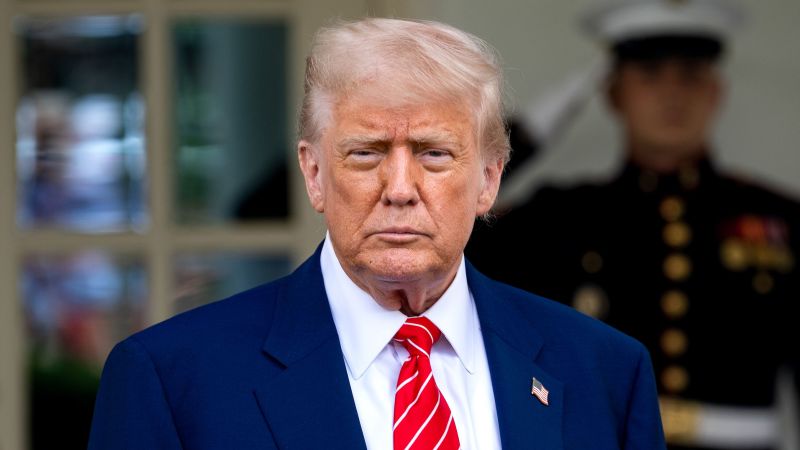President Donald Trump recently declared his intention to reinstate a controversial policy from his initial term aimed at reducing drug costs by aligning payments for certain medications with their prices in other countries. This announcement came on a Sunday and is poised to have substantial implications for Medicare and its beneficiaries, although the specific drugs or payment structures involved remain largely unclear.
The policy, originally known as the “Most Favored Nation” rule, was put into action in late 2020 but encountered legal challenges that ultimately blocked its implementation. Following these challenges, President Joe Biden rescinded the rule in 2021. The measure was primarily aimed at establishing lower payments for Medicare drugs administered in doctors’ offices. Trump’s revived version of this directive, however, has yet to outline the exact scope of its application.
In a post on Truth Social on that very Sunday evening, Trump expressed confidence that he would sign an executive order the following morning. He claimed that this action would lead to a drastic reduction in drug prices, estimating a reduction range between 30% to 80%. Trump stated, “I will be signing one of the most consequential Executive Orders in our Country’s history,” emphasizing that the proposed policy would allow the United States to match medication prices with the lowest rates found in other countries.
This initiative coincides with another strategy from the Trump administration aimed at imposing tariffs on pharmaceutical imports, a move that had previously been exempted during his first term. The potential reintroduction of tariffs could have unintended consequences, including exacerbating shortages of essential drugs, particularly generics, ultimately leading to increased costs rather than the intended reductions.
Experts indicate that while a revolutionized executive order could yield savings for Medicare and its beneficiaries similar to the original 2020 proposition, it might also restrict patient access to necessary medications. Much hinges on the actual structure and implementation of the policy. Despite drug pricing reduction being a significant rallying cry during his first administration, Trump’s current campaign has placed somewhat less emphasis on this topic. Reports indicate that he had ostensibly moved away from the “Most Favored Nation” model, which faced considerable opposition among Republicans.
Recently, there has been a renewed focus on the policy as a viable way to meet substantial spending cut targets for Medicaid within the broader fiscal strategy pursued by the House GOP. Details regarding whether the policy will be incorporated into existing tax and spending proposals or be addressed solely through the intended executive order are still to be confirmed.
There is a substantial likelihood that the reinstated initiative will face vigorous opposition from the pharmaceutical industry, which successfully thwarted the earlier version of this policy. The concept of linking Medicare’s drug reimbursements to international prices was introduced by the Trump administration in 2018 and subsequently formalized just after the 2020 election. This innovative model would have allowed the U.S. to benefit from the significant discounts negotiated by other comparable countries, which tend to spend considerably less on medications largely due to government intervention in pricing mechanisms.
Under the framework established in 2020, Medicare was set to pay the lowest price available among selected peer countries for a group of 50 Part B drugs administered in office settings. Estimates suggested potential savings of approximately $86 billion over a specified timeframe. Although Medicare was previously restricted from negotiating drug prices, a pivotal change occurred with the passing of the Democrats’ Inflation Reduction Act in 2022, granting Medicare the authority to negotiate prices for a predetermined number of drugs each year.
Experts underscore that a “Most Favored Nation” model has the potential to significantly reduce out-of-pocket expenses and premiums for beneficiaries, thereby easing the financial burden associated with medication costs. As the Trump administration attempts to navigate these complex drug pricing policies, it remains to be seen how effectively they can balance cost reductions with accessibility and industry cooperation.



